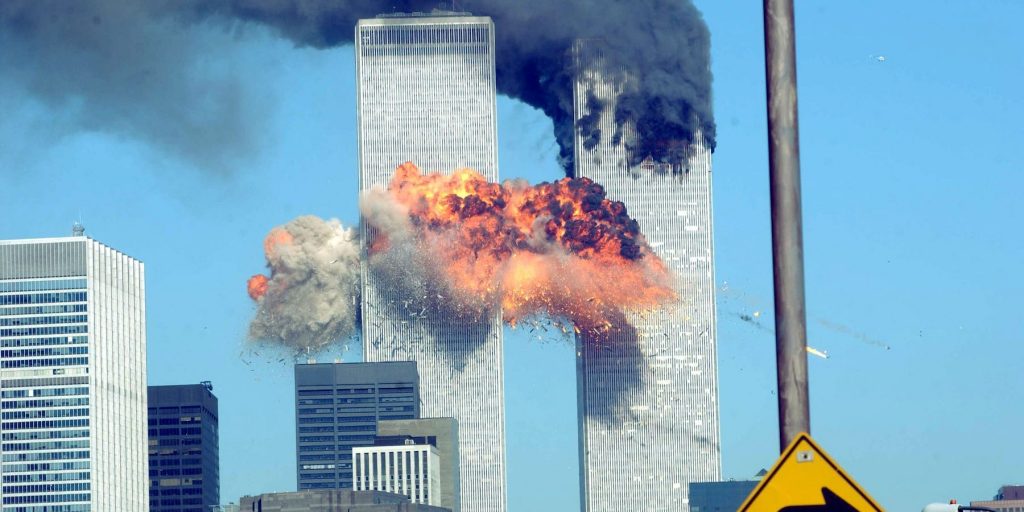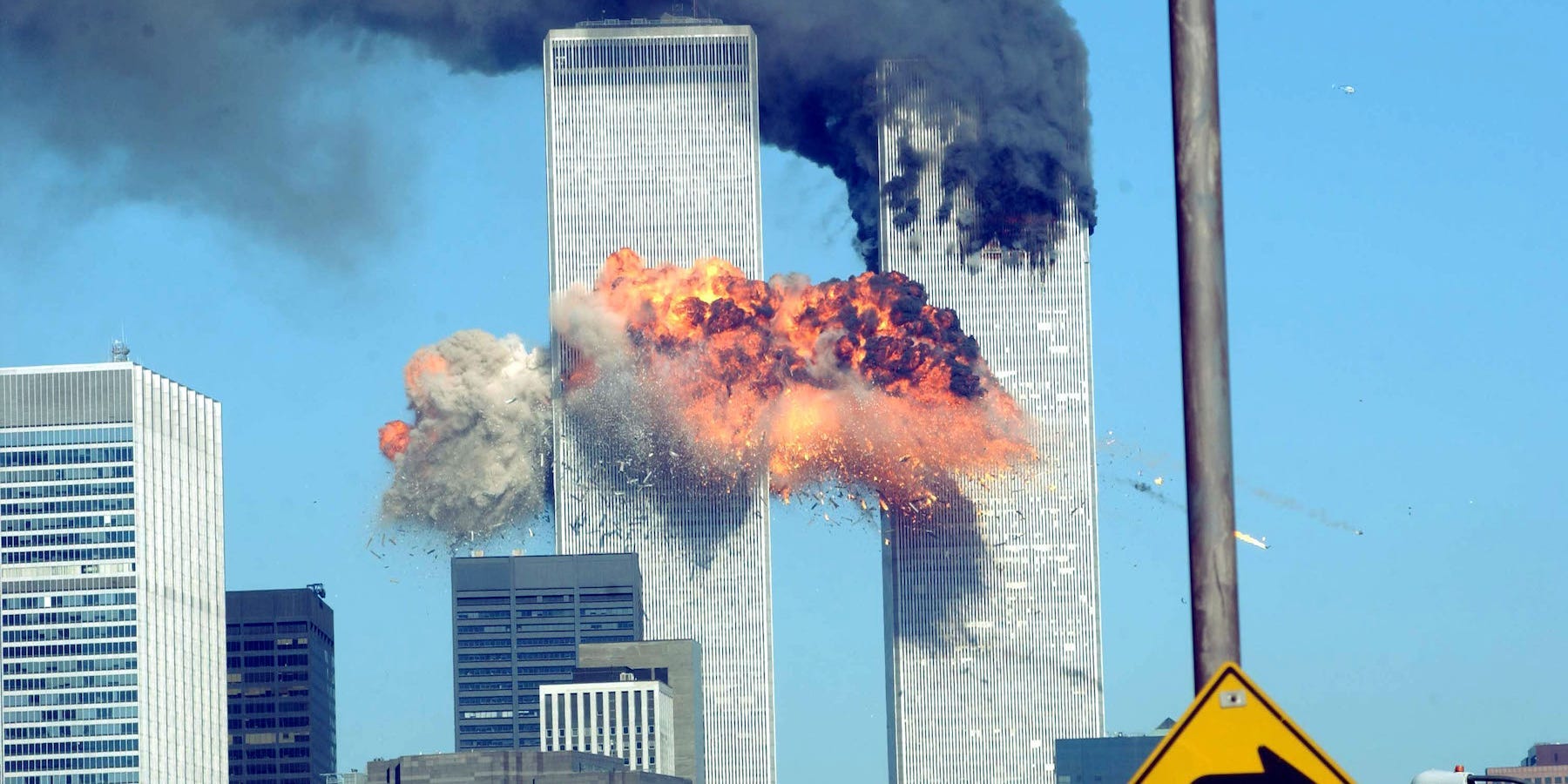
- After the September 11 attacks, the US military turned to its special operators to conduct the first missions into Afghanistan.
- Among them was the US Army's Delta Force, but some of its most experienced members had left the Unit in the months before the attacks.
- Without much time to prepare, Delta Force was willing to make those operators a deal on their terms to get them back into uniform.
- See more stories on Insider's business page.
The moments after the second plane hit the World Trade Center on September 11, 2001, America's elite special-operations units knew they were going to war.
As the country's national mission force, Joint Special Operations Command is always on call to respond to any contingency, whether it's hostage rescue, counterterrorism, a nuclear crisis, or traditional special-operations missions.
Composed of the US Army's Delta Force, the Navy's Naval Special Warfare Development Group (formerly known as SEAL Team 6), and the "Nightstalkers" of the Army's 160th Special Operations Aviation Regiment, among other units, JSOC trains for the hardest scenarios.
On the morning after the attacks, those units were preparing to avenge a catastrophic attack on US soil. But first, they needed the operators to do it.
We need you back
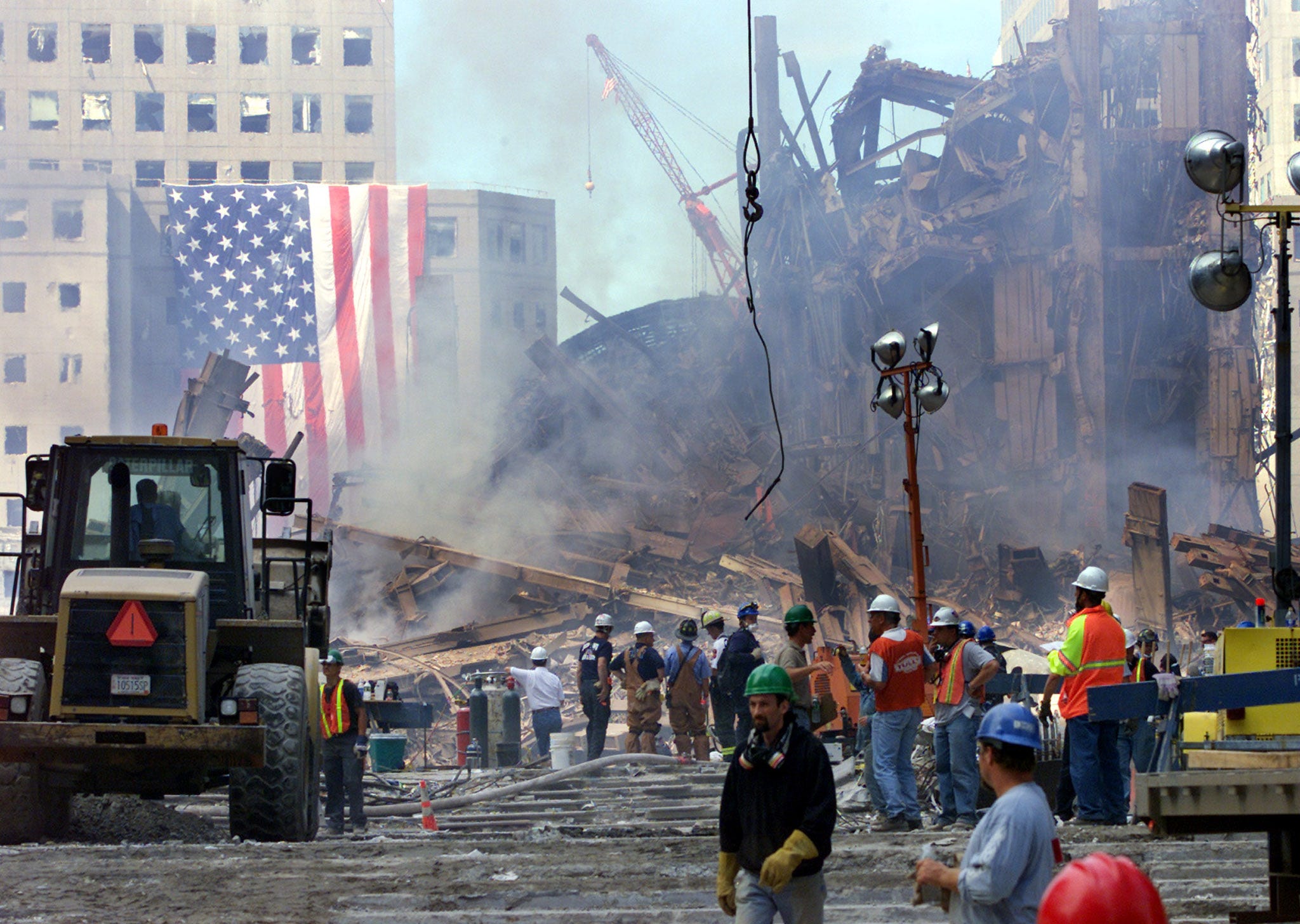
In the months leading up to the terrorist attacks, several senior Delta Force operators decided to retire or leave. Combat-experienced and highly skilled, these operators found work in the private sector or continued their service in other departments or agencies.
As the Twin Towers collapsed, Delta Force knew that this wouldn't be an easy fight. JSOC is always focused on the strategic level, and investing too many resources against terrorism could leave it unprepared for a war with a near-peer adversary, such as China or Russia.
So an effort was made to bring highly skilled commandos in good standing back from retirement. Senior enlisted leaders from Delta Force went across the US, holding small recruiting sessions.
"I began work as a contractor to the Department of Energy in May of 2001, having retired from the Delta force in January of 2001," George Hand, a retired Delta Force operator, told Insider.
"By September we had as many as 14 retirees from Delta working the project with us. This was the most men ever lost from Delta due to voluntary retirement," said Hand, who recounted his experiences and those of other legendary Delta operators in his memoir, "Brothers of the Cloth."
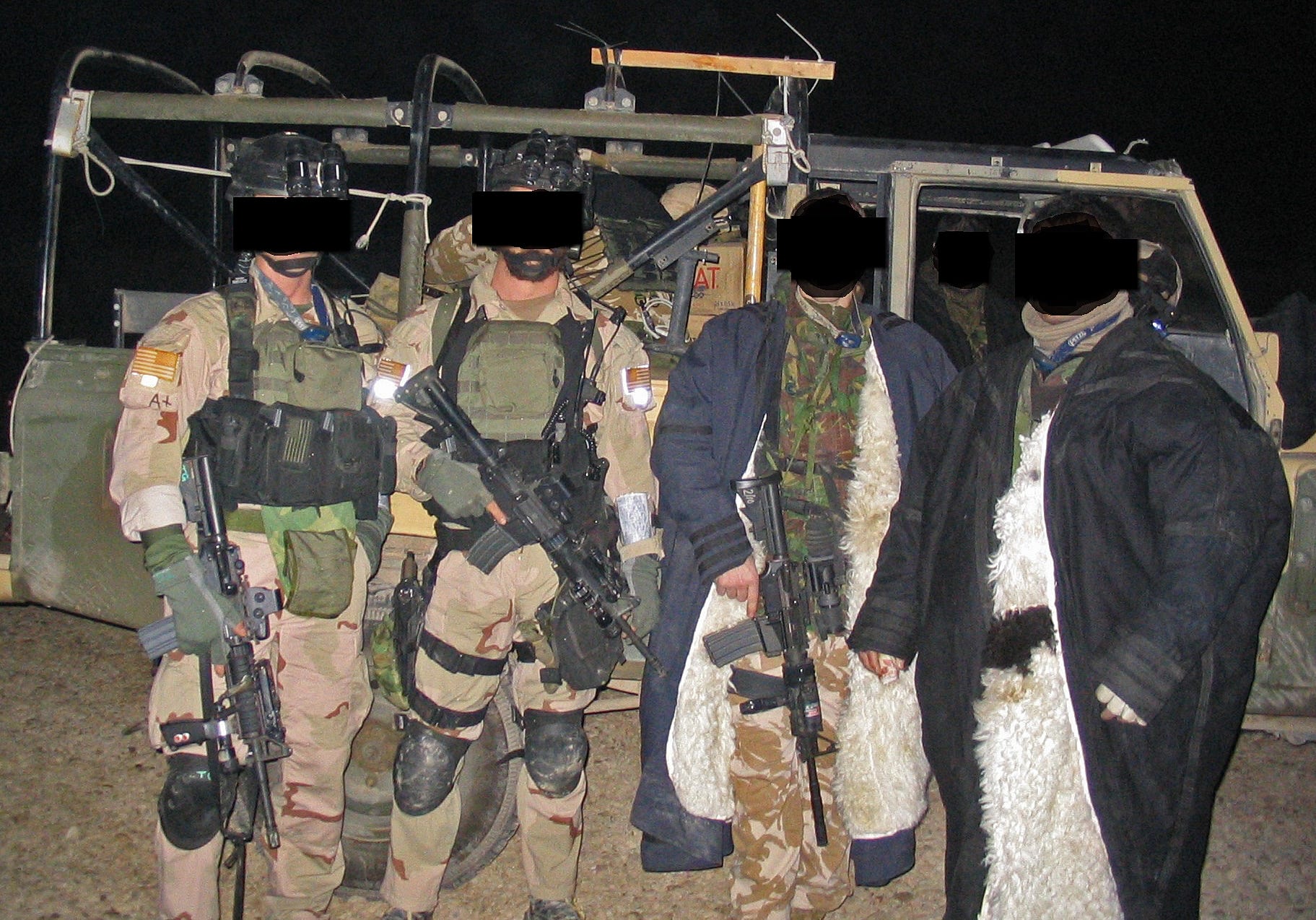
Courtesy of Dalton Fury.
Hand and his colleagues wondered if Delta would try to recall them or if the Army could force them to return. Within days of the attacks, the Unit dispatched a highly regarded sergeant major to pitch all 14 of them on coming back.
"The Unit certainly wanted us all back," Hand said. "We would be allowed to choose any capacity we wanted, be it up front with the fighting or back in the rear with the ash and trash."
Delta Force promised the world to the retired or separated operators, offering carte blanche on assignments, including operational slots in assault or sniper teams, training slots in the selection or the operator training course, slots in the special-mission unit's research and development component, and even administrative jobs at a desk.
The rationale was that seasoned operators could put their hard-earned experience to good use, either in operations themselves or by taking an administrative or training job and allowing another operator to go the front lines.
In the end, the recruitment effort wasn't a success. Delta Force lured some operators back but failed to get the large numbers it wanted.
The recruitment effort might have misfired, but Delta Force's campaign against terrorism didn't.
Avenging America
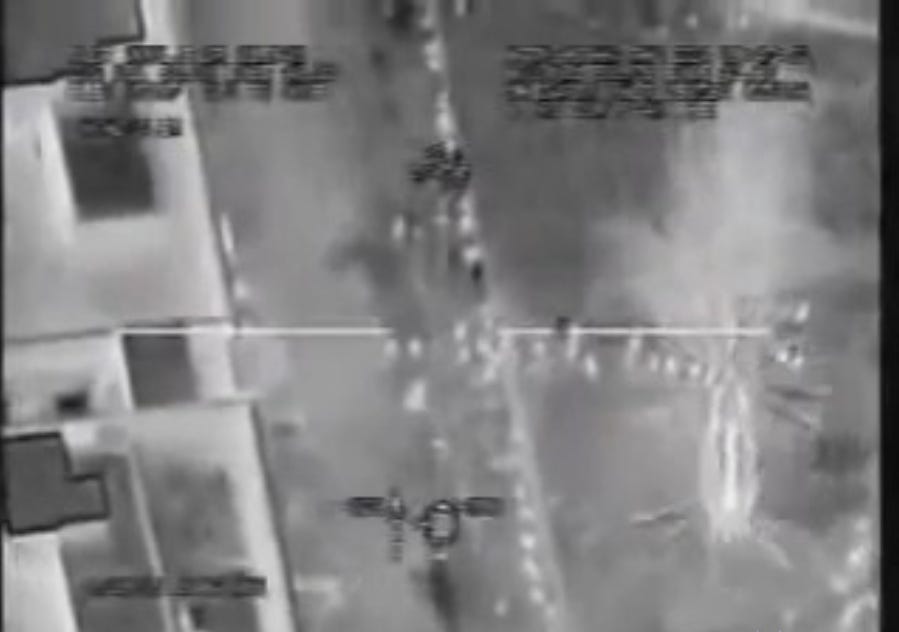
US Defense Department
The Pentagon persuaded the White House to take an unconventional approach against the Taliban and Al Qaeda in Afghanistan.
Instead of sending large numbers of conventional troops, the Pentagon argued, the US should send special-operations and paramilitary forces. Army Special Forces and CIA teams deployed to northern and southern Afghanistan to work with local anti-Taliban forces.
JSOC leaders debated what other operations to mount in Afghanistan. The White House, desiring a morale boost for the public, ordered a strike deep inside the Taliban heartland.
Delta Force geared up to hit Objective Gecko, the compound of Taliban leader Mullah Omar in Kandahar, while Rangers would jump on and capture Objective Rhino, a nearby airfield.
The two strikes would boost American spirits and show Al Qaeda, the Taliban, and everyone else that the US could strike anywhere.
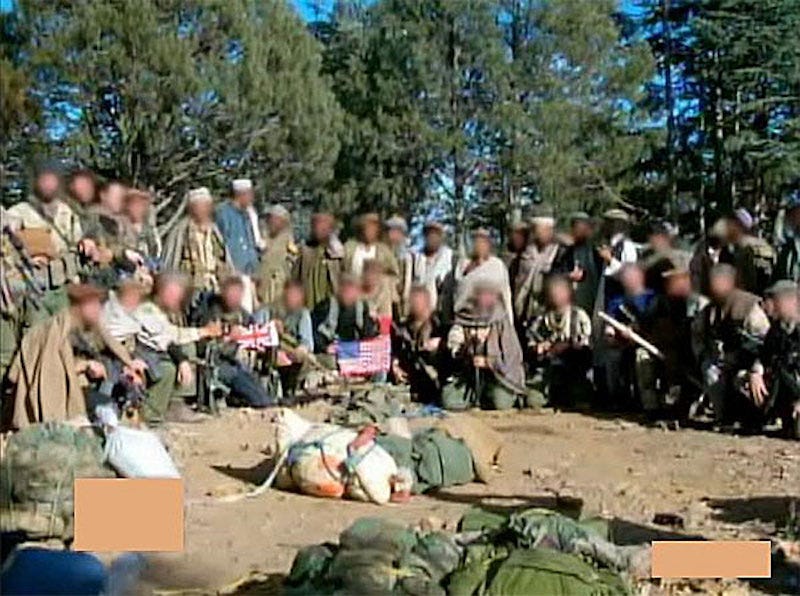
CBS 60 Minutes/Defense Department
"Immediately following the attacks, the world became a 'No Fly Zone.' We and just few other aircraft were authorized to fly" back to the US from a training exercise in Europe, a retired Delta Force operator told Insider.
"By the time we got back most of the Unit's senior leadership was already in DC, working with the White House, SecDef [secretary of defense], and others developing America's response to the 9/11 attacks," the retired operator said.
After the plan was finalized and briefings were held, Delta Force "had a short window to refine the actual plan and rehearse" before it was time to execute the mission, the retired operator added.
The raid on Gecko was the longest air assault in US history. Delta operators overcame logistical and operational challenges, and the mission was a success, even though Omar wasn't there.
Like World War II's Doolittle Raid, the mission was an important psychological boost. Delta Force showed that even in the face of uncertainty and complexity, Americans would avenge a devastating attack on US soil.
Stavros Atlamazoglou is a defense journalist specializing in special operations, a Hellenic Army veteran (national service with the 575th Marine Battalion and Army HQ), and a Johns Hopkins University graduate.
